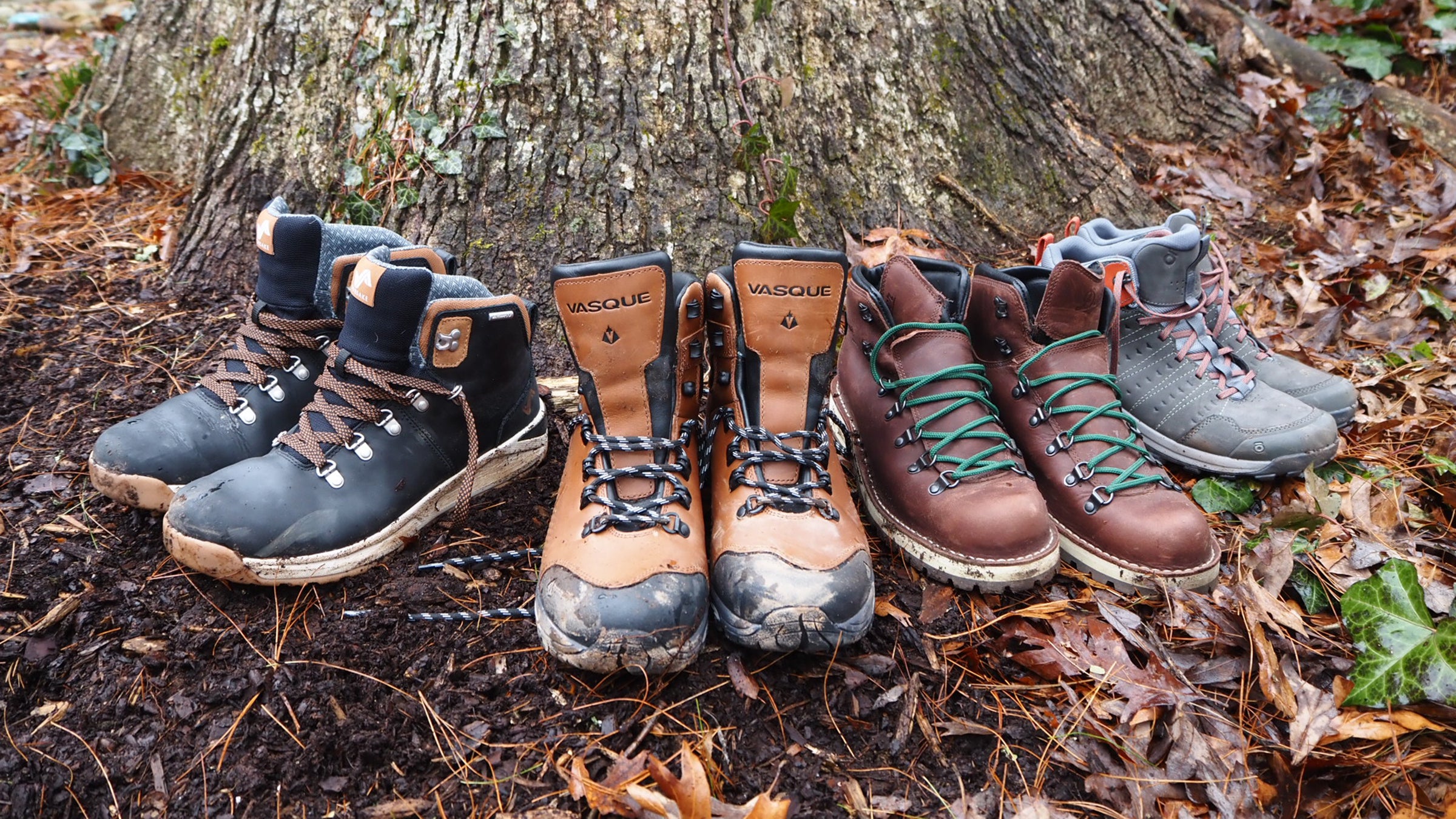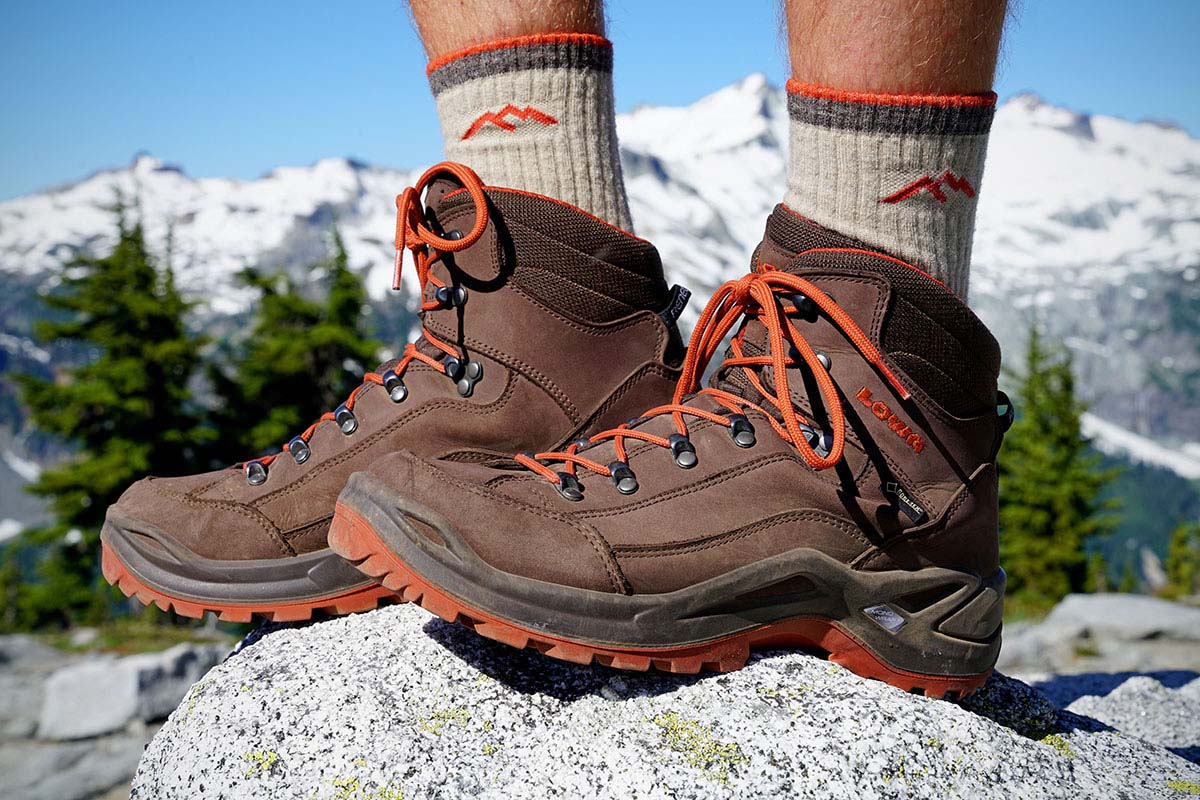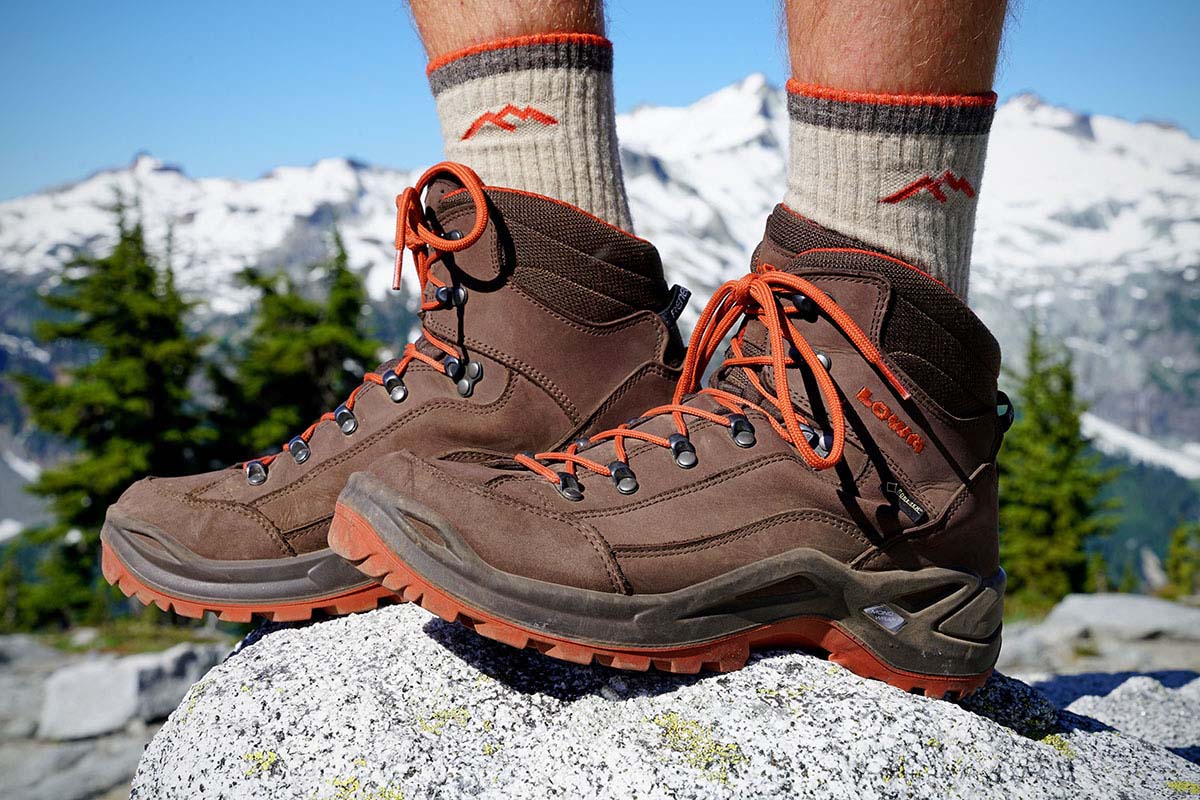Hiking walking shoes: The right pair can transform a simple stroll into an exhilarating adventure or a long hike into a comfortable journey. Choosing between hiking and walking shoes depends heavily on your intended activity and the terrain you’ll be covering. This guide delves into the key differences between these shoe types, exploring construction, fit, features, and maintenance to help you find the perfect fit for your next outdoor escapade.
We’ll cover everything from understanding the nuances of sole design and materials to mastering the art of proper shoe fitting. We’ll also examine various technologies and features that enhance performance and comfort, ensuring your feet stay happy and protected no matter the challenge.
Defining Hiking and Walking Shoes
Choosing the right footwear is crucial for comfort and safety during any outdoor adventure, whether it’s a leisurely stroll or a challenging hike. Understanding the differences between hiking and walking shoes is key to making the best selection for your needs. While both are designed for walking, their features and intended uses differ significantly.Hiking and walking shoes share the common goal of providing support and protection for your feet, but their designs cater to different levels of intensity and terrain.
Walking shoes are generally lighter and more flexible, suited for paved surfaces and less demanding trails. Hiking shoes, on the other hand, are built for durability and stability on uneven, rugged terrain, often incorporating features to protect the ankles and feet from injury.
Hiking Shoe Features
Hiking shoes are designed to withstand challenging terrains and provide excellent support and protection. They typically feature a more robust construction, incorporating materials and design elements that enhance durability and stability.A key difference lies in the sole design. Hiking shoes often boast deeper, more aggressive treads designed for optimal grip on uneven surfaces like mud, rocks, and loose gravel.
The midsoles provide significant cushioning and support, helping to absorb shock and reduce strain on joints during long hikes. Ankle support is usually more substantial, often extending higher up the foot to provide greater stability on uneven ground. Materials used in hiking shoes tend to be more durable, including reinforced toe caps and abrasion-resistant outsoles. Many hiking shoes are waterproof or water-resistant, providing protection from the elements.
Examples include high-cut boots for serious backcountry hiking and lighter trail running shoes for faster-paced hikes on less technical terrain.
Walking Shoe Features
Walking shoes prioritize comfort and flexibility for everyday use and less strenuous walks. They are typically lighter in weight than hiking shoes, allowing for more natural movement and less fatigue. The soles are designed for traction on paved surfaces and relatively smooth trails, with shallower treads compared to hiking shoes. While they offer cushioning, the level of support is generally less than that found in hiking shoes.
Ankle support is minimal, focusing on comfort rather than significant protection. Materials used are often lighter and more breathable, prioritizing comfort during extended periods of walking. Examples include athletic walking shoes for everyday use and lightweight trail walking shoes for moderately challenging trails.
Examples of Hiking and Walking Shoe Styles
Several styles cater to specific needs within both categories. For hiking, you might find high-top boots ideal for backpacking trips requiring ankle support and protection from rough terrain. Alternatively, low-top trail running shoes are better suited for faster-paced hikes on less challenging paths. For walking, athletic walking shoes are excellent for everyday wear and fitness walks, while lightweight trail walking shoes offer increased support and traction on less demanding trails.
The choice depends on the intended activity and the terrain.
Fit and Comfort

Finding the perfect fit in hiking and walking shoes is crucial for comfort, preventing injuries, and maximizing enjoyment on the trail. A poorly fitting shoe can lead to blisters, hotspots, and even more serious foot problems, significantly impacting your hiking experience. Prioritizing fit ensures your feet are properly supported and protected, allowing you to focus on the journey ahead.Proper fit in hiking and walking shoes involves more than just the right length; it encompasses width, heel hold, and overall comfort during movement.
A shoe that feels snug in the store might feel too tight after several miles of hiking, while a shoe that feels comfortable initially might become loose and unstable as your feet swell during activity. Understanding these nuances and taking the time to find the right fit is essential for a positive hiking experience.
Foot Measurement for Optimal Fit
Accurate foot measurement is the first step towards finding the perfect fit. Simply using your usual shoe size might not be sufficient, as shoe sizes can vary between brands and models. It’s recommended to measure your feet at the end of the day when they are slightly swollen, as this reflects their size during extended periods of walking or hiking.
Use a Brannock device if possible, as these tools provide a more precise measurement than measuring your feet with a ruler. If you don’t have access to a Brannock device, measure the length and width of your foot using a ruler and a piece of paper. Remember to measure both feet individually, as they may be slightly different sizes.
Choose the shoe size based on the measurement of your larger foot.
The Role of Cushioning, Arch Support, and Insole Design
Cushioning, arch support, and insole design significantly contribute to the overall comfort of hiking and walking shoes. Cushioning absorbs impact, reducing stress on your joints and muscles, especially over longer distances. Good arch support helps to maintain the natural alignment of your feet and ankles, preventing fatigue and potential injuries. The insole design, including the material and shape, directly affects the overall comfort and support.
Notice oregon hiking waterfalls for recommendations and other broad suggestions.
Consider shoes with removable insoles, allowing you to replace them with custom orthotics if needed. Different insoles offer various levels of cushioning and arch support, catering to individual needs and preferences. For example, some insoles provide extra cushioning for those with plantar fasciitis, while others offer more rigid arch support for those with high arches.
Trying On Hiking Shoes for Proper Fit: A Step-by-Step Guide, Hiking walking shoes
1. Wear the socks you intend to hike in
The thickness of your socks will affect the fit of your shoes.
2. Try on both shoes
Always try on both shoes and walk around in them for several minutes.
3. Check the length
Your toes should have about a thumb’s width of space between the end of your longest toe and the end of the shoe.
4. Check the width
Your feet should feel snug but not cramped. Your foot shouldn’t slide around inside the shoe.
5. Assess the heel hold
Your heel should fit snugly in the shoe without slipping. A well-fitting heel cup prevents heel blisters.
6. Walk around
Walk up and down, and even do some light squats or stretches to test the shoe’s flexibility and comfort.
7. Check for pressure points
Pay attention to any areas where the shoe feels tight or uncomfortable. These areas are prone to developing blisters.
8. Consider break-in time
Most hiking boots require a break-in period. Keep this in mind when assessing the initial comfort level.
Maintenance and Care

Keeping your hiking and walking shoes in top condition is crucial for comfort, performance, and longevity. Proper maintenance not only extends their lifespan but also ensures your safety and enjoyment on the trail. Neglecting your footwear can lead to premature wear, discomfort, and even injury. This section details how to clean, care for, and store your shoes to maximize their useful life.
Cleaning Hiking and Walking Shoes
Regular cleaning is essential to remove dirt, mud, and debris that can damage the materials and reduce the shoes’ effectiveness. Start by removing loose dirt with a brush—a stiff-bristled brush is ideal for stubborn mud. For tougher stains, use a mild soap and water solution, gently scrubbing with a soft sponge or cloth. Avoid harsh chemicals or abrasive cleaners, as these can damage the shoe’s fabric or leather.
Allow the shoes to air dry completely away from direct sunlight or heat sources. Stuffing them with newspaper can help maintain their shape during drying. For waterproof boots, apply a waterproofing spray after cleaning and drying to maintain their water-resistant properties.
Extending the Lifespan of Hiking and Walking Shoes
Several practices can significantly extend the life of your hiking and walking shoes. Rotate your shoes regularly to prevent excessive wear on any one pair. This allows each pair to dry thoroughly between uses and distributes the stress across multiple shoes. Always use appropriate insoles; custom-fitted insoles can improve comfort and support, reducing wear and tear on the shoe’s internal structure.
Replacing worn-out insoles regularly is also important. Avoid wearing your hiking boots for everyday use; instead, save them for hiking and other outdoor activities. Finally, address any small issues promptly, such as repairing loose stitching or replacing broken laces, before they escalate into larger problems.
Proper Shoe Storage
Proper storage protects your shoes from damage and preserves their shape. Store your shoes in a cool, dry place, away from direct sunlight and excessive heat. Avoid storing them in damp or humid areas, as this can promote mold and mildew growth. If you have multiple pairs, store them in a well-ventilated area to allow for proper air circulation.
Stuffing shoes with shoe trees or crumpled newspaper helps maintain their shape and prevents them from collapsing. Keeping them in their original boxes, or in a breathable shoe bag, can further protect them from dust and damage.
Common Hiking Shoe Problems and Solutions
Addressing issues promptly can save your footwear and your feet.
- Problem: Worn-out soles. Solution: Consider resoling your boots by a professional cobbler, especially if they are high-quality and expensive boots. This is often more cost-effective than replacing the entire shoe.
- Problem: Loose or broken laces. Solution: Replace them with high-quality laces appropriate for your boot style. Consider waxed laces for added durability.
- Problem: Water damage. Solution: Allow the shoes to dry completely, then use a waterproofing spray to restore water resistance. Stuffing them with newspaper during drying will help maintain their shape.
- Problem: Stiff or uncomfortable boots. Solution: Break them in gradually by wearing them for short periods and gradually increasing the duration. Using a boot stretcher can also help to widen the fit.
- Problem: Torn or damaged fabric/leather. Solution: For minor tears, use a suitable repair patch or adhesive. For more extensive damage, professional repair may be necessary.
Selecting the ideal hiking or walking shoes is a crucial step in ensuring a safe and enjoyable experience, whether you’re conquering challenging trails or enjoying a leisurely walk. By understanding the differences between shoe types, considering crucial features, and prioritizing proper fit and maintenance, you can confidently choose footwear that perfectly complements your outdoor adventures. Happy trails!
FAQ Explained: Hiking Walking Shoes
How often should I replace my hiking shoes?
Generally, hiking shoes should be replaced every 6-12 months, or sooner if significant wear and tear is evident.
Can I use walking shoes for hiking?
While you
-can*, it’s not ideal for strenuous hikes. Walking shoes lack the ankle support and durability of hiking shoes, potentially leading to injury.
How do I break in new hiking shoes?
Wear them around the house for short periods, gradually increasing the duration. Consider using shoe stretchers to alleviate pressure points.
What’s the difference between Gore-Tex and other waterproof membranes?
Gore-Tex is a popular brand known for its breathability and waterproofness, but other brands offer similar technologies with varying levels of performance and price.
How do I clean my hiking shoes?
Use a soft brush and mild soap and water. Allow them to air dry completely, away from direct heat.


